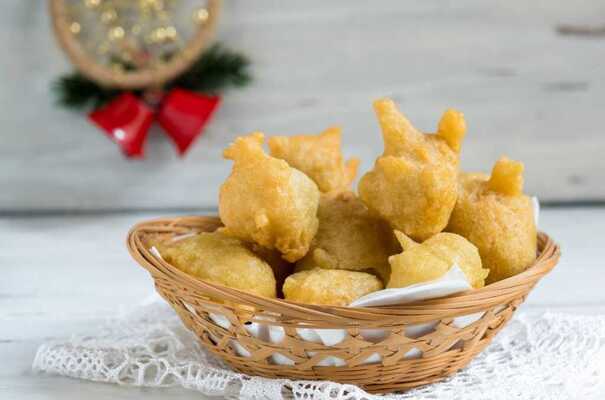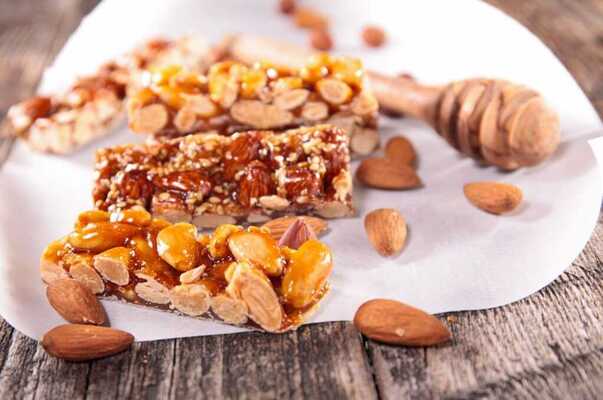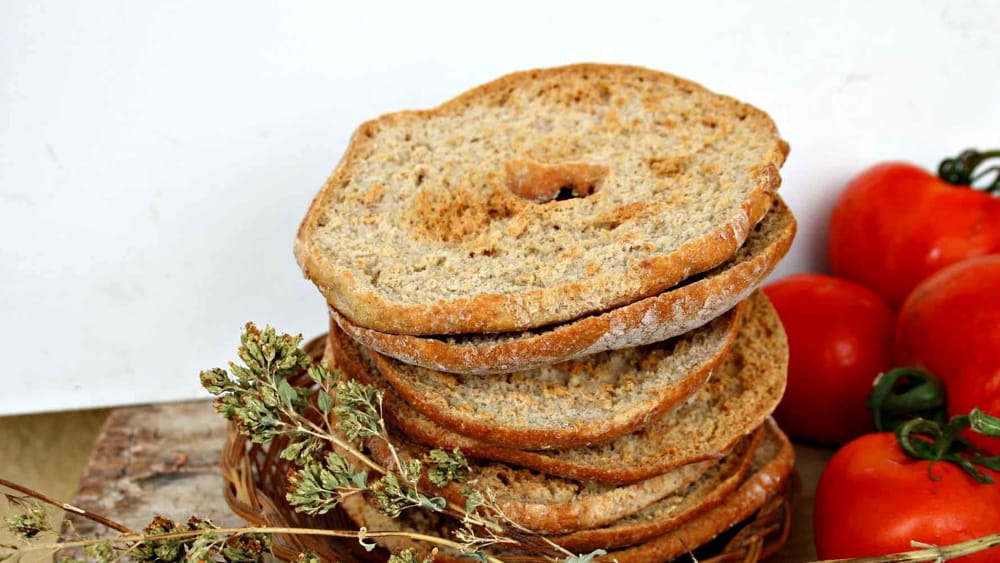Salento Street Food
There are places where parties and opportunities to combine sociality with music, dance and good food alternate throughout the year. Salento is one of these places and precisely because of a strong presence of outdoor parties and opportunities to share in “squares” and public places, the tradition of street food is very strong and present. From religious festivals that become the occasion for concerts and moments of sharing and shows that will leave you breathless, to the food and wine stands that accompany all the events. What will stimulate the palate and tempt the palate will not be the usual burgers and fries, but original and original dishes prepared instantly and ready to be enjoyed while walking through the streets of the most beautiful Italian cities. We are talking about the first entirely Salento format dedicated to quality street food: Salento Street Food.
Scapece Gallipolina
It strikes first for its colors and then for its mouth-watering smell, for its strong and delicious flavour: scapece is an ancient dish, from the times in which battles and invasions in this land of conquest kept the inhabitants closed in the walls and unable to have any food other than long-life food. Small fish dipped in bread, salt and saffron was among them.
In addition to the restaurants and trattorias of Gallipoli and surrounding areas, scapece is served during patronal celebrations and festivals.

Lecce Rustico: the Salento street food par excellence
It is probably the street food that most distinguishes Salento, it is the typical takeaway food from bars but it is also much loved by locals during aperitifs and as a quick snack during short lunch breaks. The rustico is made up of a circular pastry filled and baked in the oven. Here too, two schools of thought, recognizable in two bars in Lecce: on the one hand Natale, probably the most loved by the people of Lecce, offers a filling based on bechamel and tomato, on the other Citiso whose rustico is stuffed with mozzarella, which it is said to actually be the original and traditional preparation.

Spicy olives
They are a must for patronal celebrations and various festivals. Spring is the time when they are most appreciated, together with summer, due to their perfect adaptability to cold beer and fresh drinks. In reality they can also be found, together with lupins, nuts, dried fruit in the “big market” of Lecce which is held every Monday and Friday in Viale dello Stadio!
Fried calzone
It is a crescent of fried dough about 15 centimeters long filled with chopped tomato and mozzarella. The fried calzone is the miniature version of the panzerotto from Bari, so much so that the most vigorous appetites never stop at just one!

Frisa
Immersing it in water for a few moments is almost a ritual, then it is seasoned with olive oil, cherry tomatoes, salt and oregano. The most important symbol of Salento gastronomy consists of a loaf of cooked durum wheat, cut in half and left to toast in the oven.

Fish & chips
On the street or in the most chic restaurants, all you need is a straw paper cone and the Salento version of “fish and chips” is served.
The revisitation of the famous British dish is a novelty that the Slow Food Puglia association has been proposing for some years at gastronomic events. In addition to potatoes, the dish is made up of fried paranza, mainly based on squid, cuttlefish, octopus and fracaja, the name with which the people of Salento indicate small fish that can only be eaten seasonally, due to biological restrictions. In Otranto there are some of the best restaurants where you can taste it.
Puccia
It is a bread with a dough similar to that of pizza, but with shorter leavening times. The puccia is stuffed in the most disparate ways: with cured meats, cheeses, grilled or roasted vegetables (such as peppers), sauces, meat. There are also those who have revisited gyros, a typical Greek dish, using puccia instead of pita and filling it with tzatziki or mayonnaise.

Pettole: Salento street food typical of the Christmas holidays
If in homes they are a typical food of the winter holidays, at village festivals the pettole become suitable for all seasons, crowding the stands from which their inviting scent comes. They have an ancient history and take different names according to the dialect area. The most frequent variations are cauliflower-based, pizzaiola-style or empty, i.e. based only on fried dough.

Pasticciotto leccese
It is the king of Salento desserts, mistakenly called pasticciotto Leccese, but it was not born in the capital, but in Galatina in the historic Ascalone family shop, which still exists. It is said that following a production of cakes with cream, the pastry chef had some shortcrust pastry and cream left over and decided to recover everything in a small way by creating pasticciotto.
The creation of this typical dessert presents different schools of thought: there are pastry chefs who prepare shortcrust pastry with lard, as happens for one of the numerous versions of the Neapolitan pastiera, others who prefer fats that are less intrusive in smell and flavour, such as butter. Someone puts a layer of jam or hazelnut or chocolate cream on the bottom to give stability to the dessert. A few years ago, in the Chèri pastry shop in Campi Salentina, a variant of the classic pasticciotto was born, the Obama, entirely made with chocolate.

Sandwich with pieces of horsemeat
The sandwich with pieces of horsemeat is a must in Salento street food: we encounter it at village festivals, on vans where it is preferred to hamburgers or hot dogs and in small take-away taverns. In a terracotta pot, cook the horse pieces with olive oil, carrot, celery and onion, but not directly on the fire, rather with one side of the pan adjacent to the flame, turning the pieces from time to time, until cooking ends.
Municeddhre
It is not strictly a Salento street food dish because it is also served in restaurants and trattorias, but at festivals and especially during the Municeddhra Festival in Cannole (LE), in summer, it can also be found in a street food version. Municeddhre is the generic name for small, brownish snails, with or without cream, i.e. the layer of film with which the snails hibernate: these are fried and served with their sauce. Also available as street food are cozze piccinne, small white snails that are boiled and served with olive oil and oregano. Finally, there are the murruni, large, brown snails that are prepared as a variant of the French escargot, testifying to how the Normans were here for quite a while.


Salento Pittule
Pittule are a typical dish of Salento gastronomy, handed down by housewives and by our mothers and grandmothers, they are a delicacy that is prepared especially in the autumn and winter period.

Salento Cupeta: the recipe
With the new season, there will be plenty of festivals and street parties which cannot miss the scent of toasted almonds and sugar, expertly whipped by the itinerant "cupetari".

Apulian Frisa: typical dish of the peasant tradition
Nowadays, frisella has become a delicious meal in all respects, perfect to be enjoyed during the summer with the native products of Puglia, during a lunch or directly on the beach during the hottest days.
